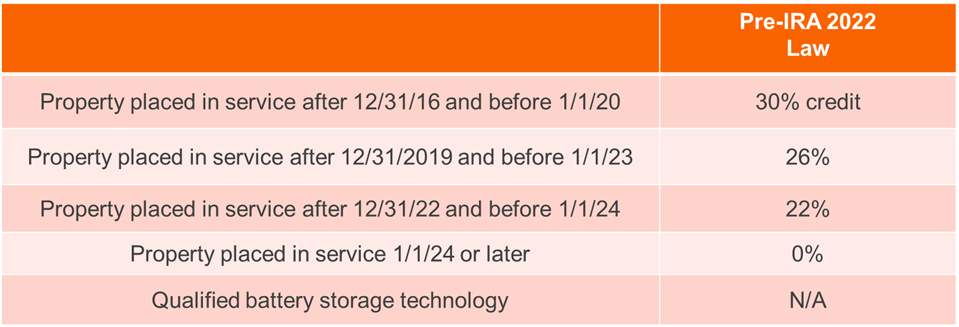TPC: Trump tariffs would raise household taxes and slow imports
A tariff of 10 percent worldwide and 60 percent on Chinese goods proposed as part of Donald Trump’s campaign for the Republican presidential nomination would reduce average US household incomes in 2025 by approximately $1,800 or 1.8 per cent, according to new analysis from the Tax Policy Center. They’d reduce imports into the US by about $5.5 trillion, or 15 percent, from 2025-2034.
TPC also analyzed the much more modest tariffs President Biden enacted starting last May. They have very little impact on federal revenues or household incomes.
Trump’s Plan: Higher Prices And Revenues
Former president Trump has proposed a number of different tariff ideas during the 2024 campaign. TPC chose to focus on the one that he promoted most often – a 10 percent tariff worldwide and a 60 cent tax on imported Chinese products. TPC estimated that Trump’s tariffs could generate gross tariff revenues of $3.7 trillion. But they’d increase net federal revenues by much less–about $2.8 trillion over the next decade–because those tariffs would reduce other tax receipts.
Trump’s tariffs would significantly raise prices of imported goods since they’d mostly be passed on to consumers. This would reduce both inflation-adjusted incomes and income taxes.
The Federal Reserve may raise interest rates to offset these price increases. TPC estimated that all income groups would pay higher taxes as a result. The highest-income groups would see their after-tax incomes fall by 1.4 percent.
Trump claims that his tariffs will replace income taxes as the main source of federal revenue. They would replace only 8 percent of the $34 billion in federal income taxes that the Congressional Budget Office estimates the Treasury will collect over the next 10 years.
Biden Plan: Modest Tariffs, Modest Impact
Biden’s new tariffs are much more modest. His efforts to target Chinese-made electric vehicles, metals, computer chips, and other products will lower imports by about one tenth of one percent, or about $50 billion, through 2033 and generate about $11 billion in net new tax revenue over the decade, TPC estimated.
His import taxes will produce only about $210 million in new revenue this year and have no measurable impact on average after-tax incomes.
Biden is subjecting only about $15 billion out of the $420 billion in Chinese exports to new or higher tariffs. These goods make up a small portion of US imports. For example, only about 1 percent of imported steel and a bit more than 5 percent of imported aluminum comes from China.
Similarly, while US automakers fear future competition from low-cost Chinese-made EVs, almost none are currently sold in the US. The US Treasury would therefore receive little to no new revenue if tariffs were imposed on these cars.
How TPC modeled Tariffs
This was the first time TPC modeled tariffs. Here are a few important notes on how it did the analysis.
Trump’s proposals were measured against the 2023 tariff law. TPC did assume Biden’s tariffs had been enacted.
TPC projected Biden’s import tax effects, which are already being phased in, over the decade of 2024-2033. TPC assumed Trump’s plan would go into effect in 2025, and estimated the impact through 2034.
TPC modelled the distribution of tariffs the same way they model excise levies like gasoline taxes.
It was assumed that tariffs on import consumer goods were passed directly to US consumers. This is consistent with prior import taxes. Tariffs on intermediate products, such as steel used in automobiles, would also be paid by purchasers of final goods, including households and governments. TPC based its analysis on data from sources such as the US International Trade Commission and the Bureau of Economic Analysis.
Slowing Imports And Project Tariff Revenues
TPC also projected that imports would grow more slowly over time as a result of the Trump tariffs. In 2025, imports will be 93 percent less than they would be without the new tax. The amount of new tax revenue generated from tariffs will also stagnate over time. Trump’s tariffs, for example, would generate $290 billion of new revenue in 2026 and only $275 billion by 2034.
TPC didn’t analyze any potential benefits that US industries might receive from tariffs protecting them from foreign competition. It also did not attempt to calculate the impact that retaliatory trade tariffs imposed by US trading partners on US exports would have on their countries. Such a response would slow US growth and, with it, corporate and individual tax revenues.
Tariffs, especially those aimed at China, enjoy broad bipartisan support. US consumers, workers, and manufacturers will pay the price depending on the size and scope of the tax.






